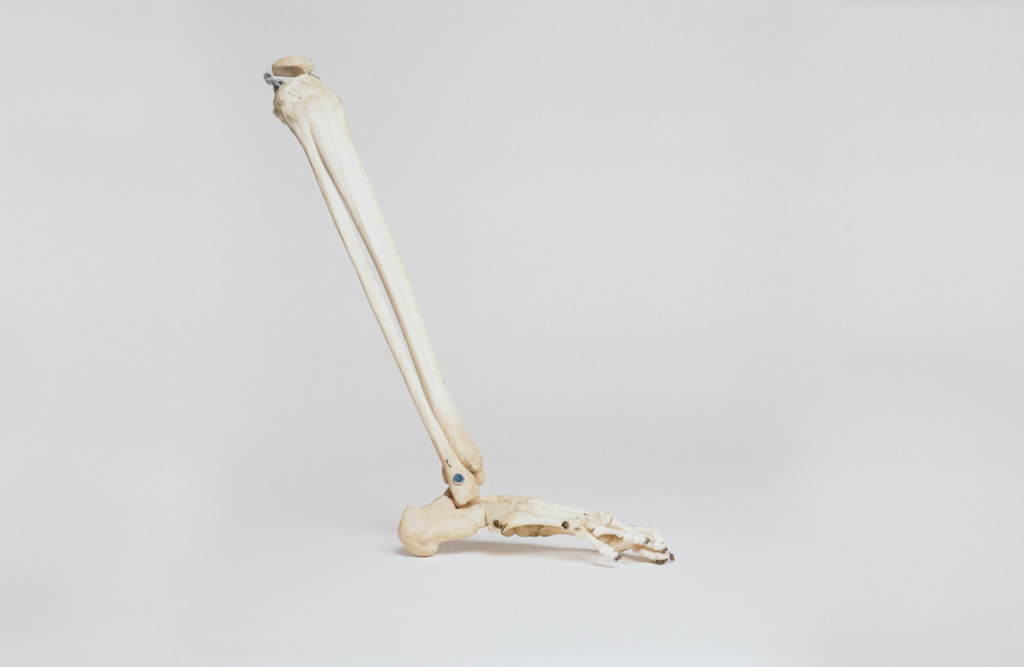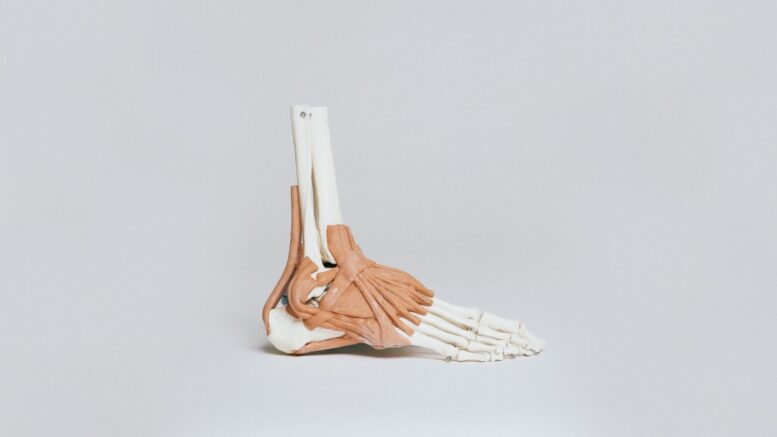The world is full of problems, and not all of them need to be dealt with on a regular basis. One example of this is foot and leg pain or any pain that results from wearing ill-fitting or ill-supporting shoes. Many people who struggle with shoe-related pain have accepted that discomfort is just part of their lives and is something they’ll have to deal with because walking and standing are a part of life. This doesn’t have to be the case. The following will explore a few tips that can help you choose the right orthotics for your foot, leg or back pain. Walking shouldn’t be painful; it should feel good.
What Are Orthotics?
Orthotics are inserts that are placed inside a person’s shoes to alter how the shoe fits and puts pressure on the foot. Sometimes they’re also built into a new pair of shoes. Whether they come in the form of inserts or new shoes, orthotics are designed to help alleviate the pressure and overcompensation movements that cause pain in the feet or legs.
Shoes tend to be made with a one-shape-fits-all approach, and this just doesn’t make sense when you learn about all the differences that can be found in the shape of people’s feet. Because some people need more support in other areas of their shoes, orthotics can help bridge the gap. When it comes to options, providers of orthotics in Burnaby point out that there are two major categories. There are orthotics that can be bought over the counter and prescription orthotics.
Decide Between Over The Counter And Prescription Orthotics
When it comes to selecting whether an over-the-counter orthotic is right for you or a prescription one is, you need to figure out whether your issue with the standard-fit of shoes is common or not. Some people find their issue works with one-size-fits-all over-the-counter orthotics, but for many people, this isn’t the case. Especially if you have had less than overwhelming success with over-the-counter orthotics, you might want to look into custom prescription orthotics which take into account your feet specifically. Taking to a specialist can help you determine which route is right for you.

Bring Up Your Exercise Habits
When looking into orthotics, it is crucial that you bring up your exercise habits. We tend to be hardest on our bodies when exercising, and this means that your running shoes and the movements you make need to be taken into consideration. You might even want to seek out orthotics in conjunction with analyzing and altering your stride and running habits for best results. Sometimes it’s not only what’s on your feet but how you use your feet that contribute to pain.
Give Them Time
Too often, people assume orthotics aren’t working because they didn’t notice a difference within a few days, or they feel like the pain just shifted to another area in their body. When you first use orthotics, it might seem like suddenly your shoulder muscles are tired, or your hips feel a bit exhausted. It’s a good idea to give yourself a little time to adjust, as in many cases, orthotics alter how you walk. You might have been overcompensating for years and developed a walk that is hard on your body as a result. Walking more upright and evenly might require muscles you’re not used to using, and they might get a bit tired as you strengthen them. Of course, if the discomfort goes beyond a little muscle soreness, you should speak to the provider of your orthotics as he or she might want to make adjustments.
Lean Towards Sturdier Materials
While those soft, fluffy inserts can feel good for a few days or weeks, you are ideally looking for something that isn’t going to flatten out too much with use. If you do get a softer material, you’re looking at replacing your orthotics more often. A good rule of thumb you can use to compare the lifespan of orthotics is to assume that over-the-counter options will last around six months. Prescription orthotics tend to last a few years or longer.
The above information should help you navigate the myriad of orthotic options. Of course, this process is one that can be greatly benefitted with the help of a medical professional. Sometimes what we think is the problem (sore knees, for example) isn’t actually the issue but our bodies compensate for the true root cause (unsupported arches). A professional can analyze your walk and pain using both experience and computer technology to help pinpoint what changes would bring about the best results in your particular circumstance.
